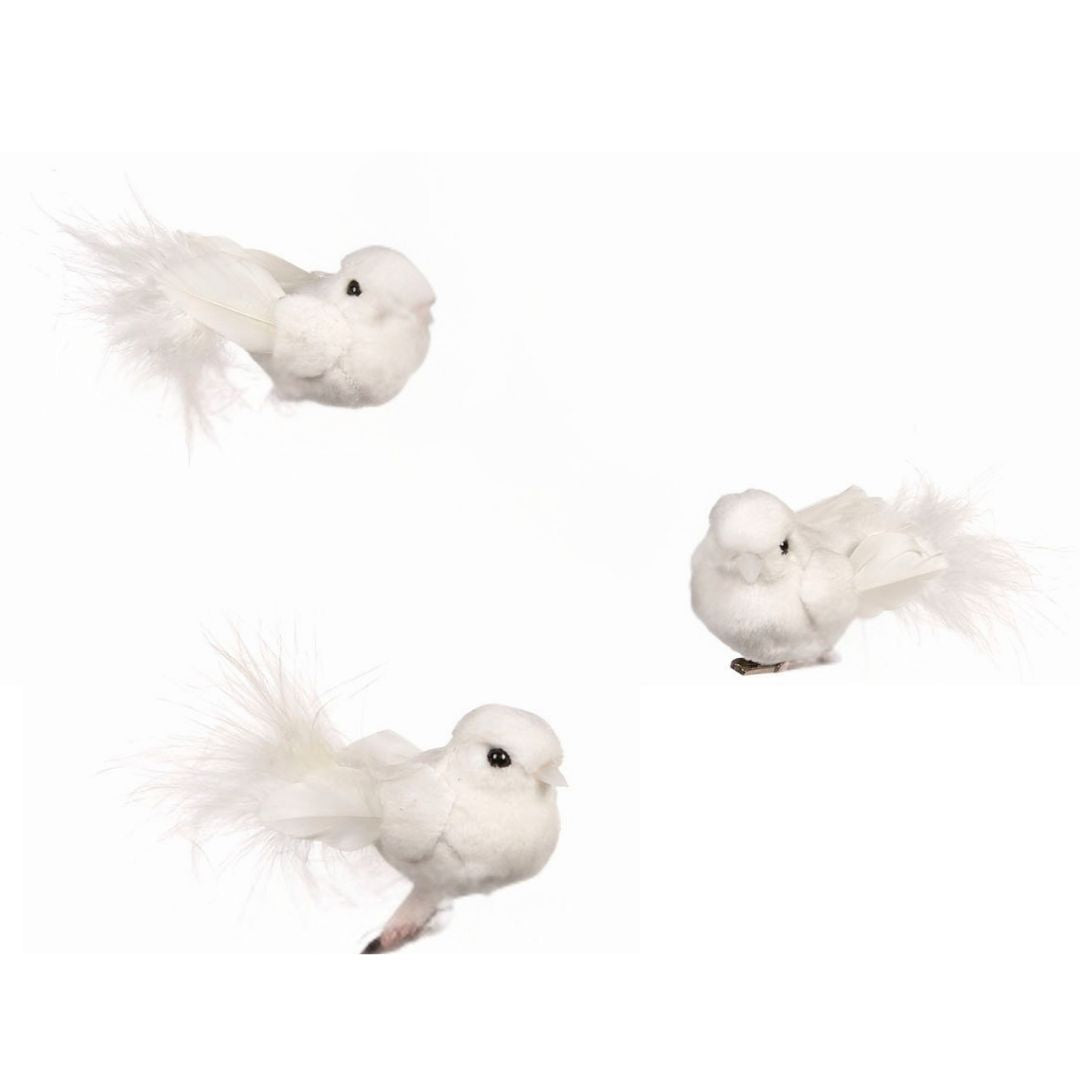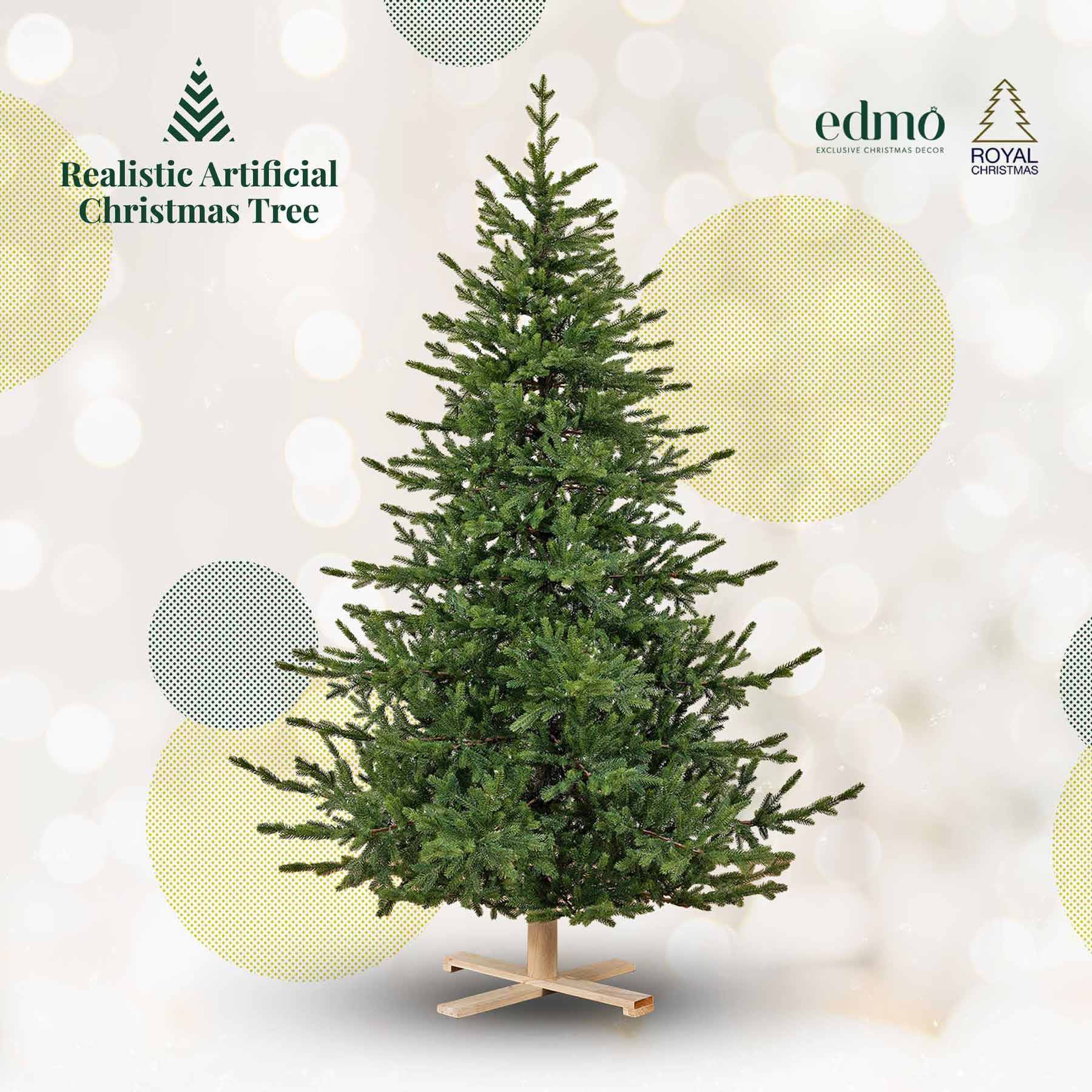The Surprising Origins of the Tradition of Christmas Tree Decorations
Have you ever wondered what the history and origins of the tradition of decorating the Christmas tree with glass decorations are? This beloved Christmas tradition has a fascinating history that dates back centuries. Let's delve into the origins of this practice and discover how it has evolved over time.
The origins of decorating in winter
Long before the advent of Christianity, evergreen plants and trees had a special meaning for people in winter. Just as we decorate our homes today during the holiday season with pine, spruce, and fir trees, ancient peoples hung evergreen boughs above their doors and windows. Evergreens were believed to ward off witches, ghosts, evil spirits and disease.
In ancient Egypt they worshiped the God Ra, who had the head of a falcon and wore the sun as a flaming disk as a crown. At the winter solstice between December 20th and 21st, the Egyptians filled their homes with green palm branches, which symbolized for them the triumph of life over death, as they believed that the shortening of the days during the winter period was linked to the health of the God Ra.
Similarly, other ancient peoples believed that the sun was a god and that winter came every year because the sun god fell ill. So they celebrated the solstice because it meant that the sun god would finally begin to heal. The evergreen branches reminded them of all the green plants that would grow again when the sun god was strong and summer returned.
The Romans also celebrated the solstice with a festival called Saturnalia in honor of Saturn, the god of agriculture and to mark the occasion, they decorated their homes and temples with evergreen branches.
We find the same tradition among the Druids, priests of the ancient Celts, who decorated their temples with evergreen branches as a symbol of eternal life or the Vikings in Scandinavia who thought that evergreens were the special plant of the sun god, Balder.
So in winter it was common to decorate the interiors of houses with evergreens, but when did people start decorating evergreens?
Germany, Martin Luther and the decorated tree
The tradition of decorating Christmas trees, as we know it, dates back to 16th century Germany, when devout Christians brought decorated trees into their homes.

It is believed that the first Christmas trees were decorated with fruits, nuts. These early decorations symbolized the bounty of the harvest season. Some built wooden Christmas pyramids and decorated them with evergreens. It is widely believed that Martin Luther first added lit candles to a tree. One winter evening, as he walked toward his house, composing a sermon, he was struck by the brilliance of the stars twinkling among the evergreens. To capture the scene for his family, he erected a tree in the main room and placed lighted candles in its branches.
America opposed the Christmas tree
In the 19th century, most Americans considered Christmas trees an strangeness. Pennsylvania German settlements had community trees as early as 1747, but as late as 1840, Christmas trees were seen as pagan symbols and not accepted by Americans.
The influential Oliver Cromwell preached against “the pagan traditions” of Christmas carols, decorated trees, and any joyous expression that desecrated “that sacred event.”
Knowing the modern American passion for Christmas decorations he finds it hard to believe that in 1659, the Massachusetts General Court enacted a law making any observance of December 25th (except a religious service) a criminal offense. People were fined for hanging decorations.
The severe Puritan solemnity continued until the 19th century, when the influx of German and Irish immigrants definitively undermined it.
Queen Victoria and the fashion of the Christmas Tree
In 1846, Queen Victoria and her German prince Albert were pictured in the Illustrated London News standing with their children in front of a Christmas tree.

Unlike previous royal families, Queen Victoria was very popular among her subjects, and what was done at court immediately became fashionable, not only in Britain, but also among fashion-conscious East Coast American society. We can say that it was Queen Victoria who "promoted" the tradition of decorating the Christmas tree.
Albert decorated the trees at Windsor Castle with wax candles and sweets. In 1860, hundreds of Christmas trees were sold in Covent Garden. Originally the trees were decorated with oranges skewered with cloves, cinnamon sticks and pine cones. Sometimes, the nut was removed from the nutshell and replaced with a small gift or candy before being hung on a tree.
Introduction of glass ornaments
The first decorated trees were adorned with apples, white candy canes and pastries shaped like stars, hearts and flowers.

The origins of glass balls began in Germany at the end of the 16th century. The small German town of Lauscha, then in the Duchy of Sachsen-Coburg, now in the German state of Thuringia (Thüringen), became known for its glass-blowing (Glasbläserei). Already in the 12th century, the region of Thuringia was the home of glass production. Lauscha, located in a river valley, had several elements necessary for glassmaking: wood (for firing glass furnaces) and sand. (Nearby Jena would later become famous for its optical glass.) Christoph Müller and Hans Greiner founded Lauscha's first glassworks in 1597. Soon other Glashütten (glassworks) were established in the town. The Glashütten in Lauscha eventually produced glasses, flasks, glass bowls, glass beads (Glasperlen) and even glass eyes.
In 1847 Hans Greiner (a descendant of Hans Greiner who had founded the first glassworks in Lauscha) began producing glass ornaments (Glasschmuck) in the shape of fruits and nuts. These Glaskugeln were made with a unique hand-blowing process combined with molds (formgeblasener Christbaumschmuck). The inside of the ornament was made to appear silvery, initially with mercury or lead, then using a special compound of silver nitrate and sugar water.
Soon these unique glass Christmas ornaments were exported to other parts of Europe. By 1870, Lauscha was exporting its unique glass ornaments to Great Britain
In 1880 the American dime store magnate F.W. Woolworth discovered Lauscha's Glaskugeln during a visit to Germany. He made his fortune importing German glass ornaments into the United States.
After World War II, East Germany transformed most of the Lauscha glassworks into state-owned enterprises. After the fall of the Wall, most companies were reestablished as private companies. Today around twenty small glass blowing companies are still active in Lauscha.
Lauscha glass ornaments are also linked to an alleged German legend regarding the “Christmas pickle” or Weihnachtsgurke.
Popularity and mass production
As the tradition of decorating Christmas trees spread across Europe and North America, the demand for glass ornaments grew. This led to the mass production of ornaments, making them more affordable and accessible to a wider audience. The designs became more diverse, featuring various shapes, colors and patterns.
Preserving the tradition
As we celebrate the holiday season, it is important to preserve and honor the tradition of decorating Christmas trees with glass ornaments. These ornaments not only add beauty to our homes, but also serve as a reminder of the rich history and cultural meaning behind this beloved tradition.
Glass ornaments have symbolic meaning in the Christmas tree tradition. The fragile nature of glass represents the delicate beauty of life and the importance of appreciating every moment. The bright colors and sparkling reflections add a touch of magic and joy to the festive atmosphere.
We at EdMo favor glass ornaments to continue the long and legendary history of decorating the Christmas tree.
So, as you decorate your Christmas tree with sparkling glass ornaments, take a moment to appreciate the age-old tradition that has become an integral part of our holiday celebrations.

